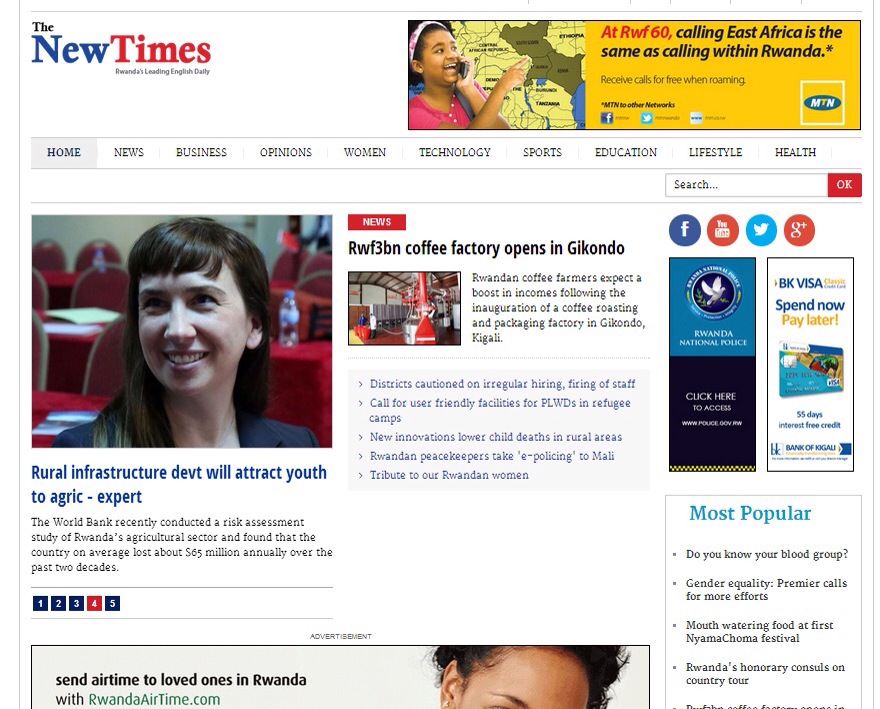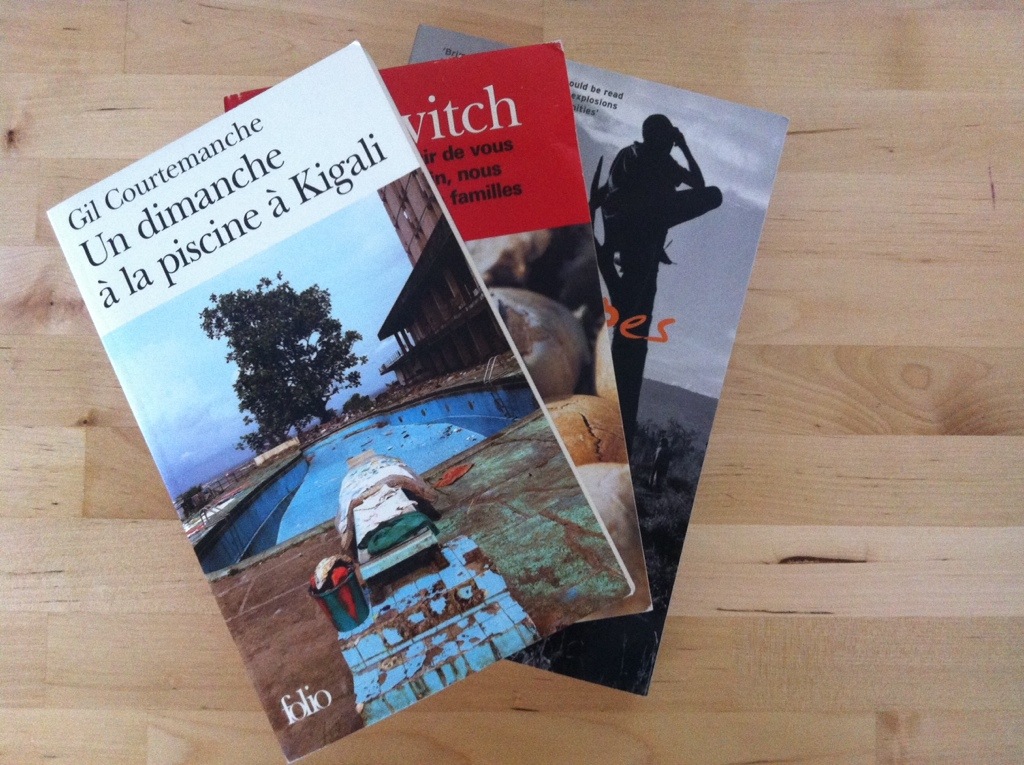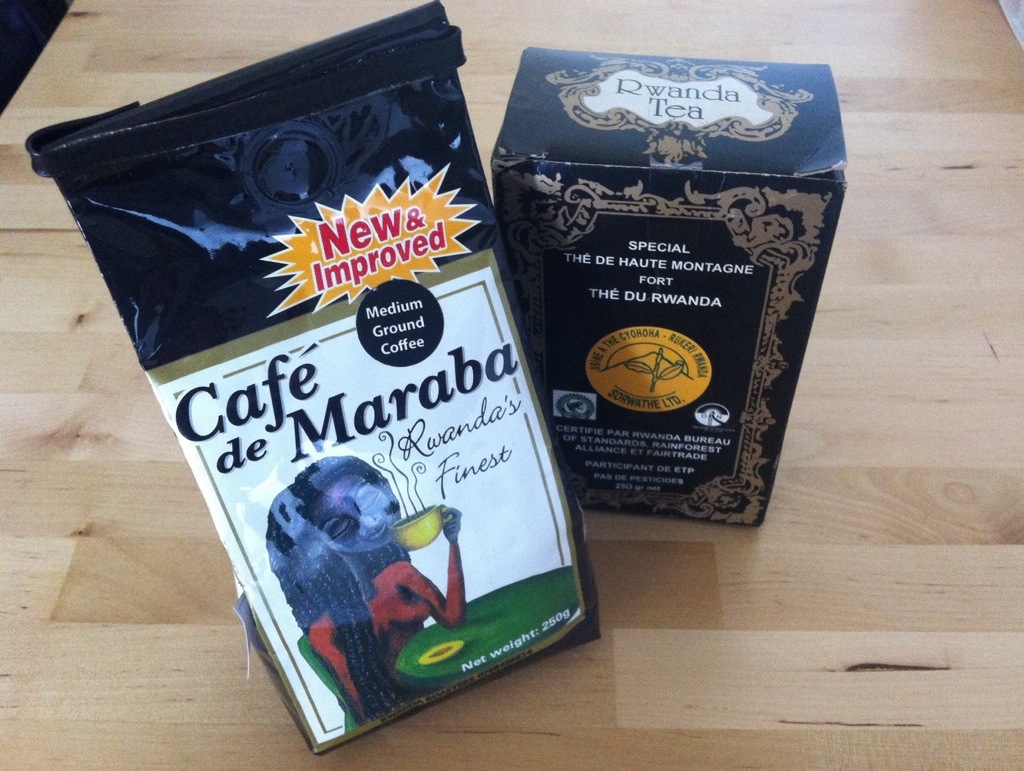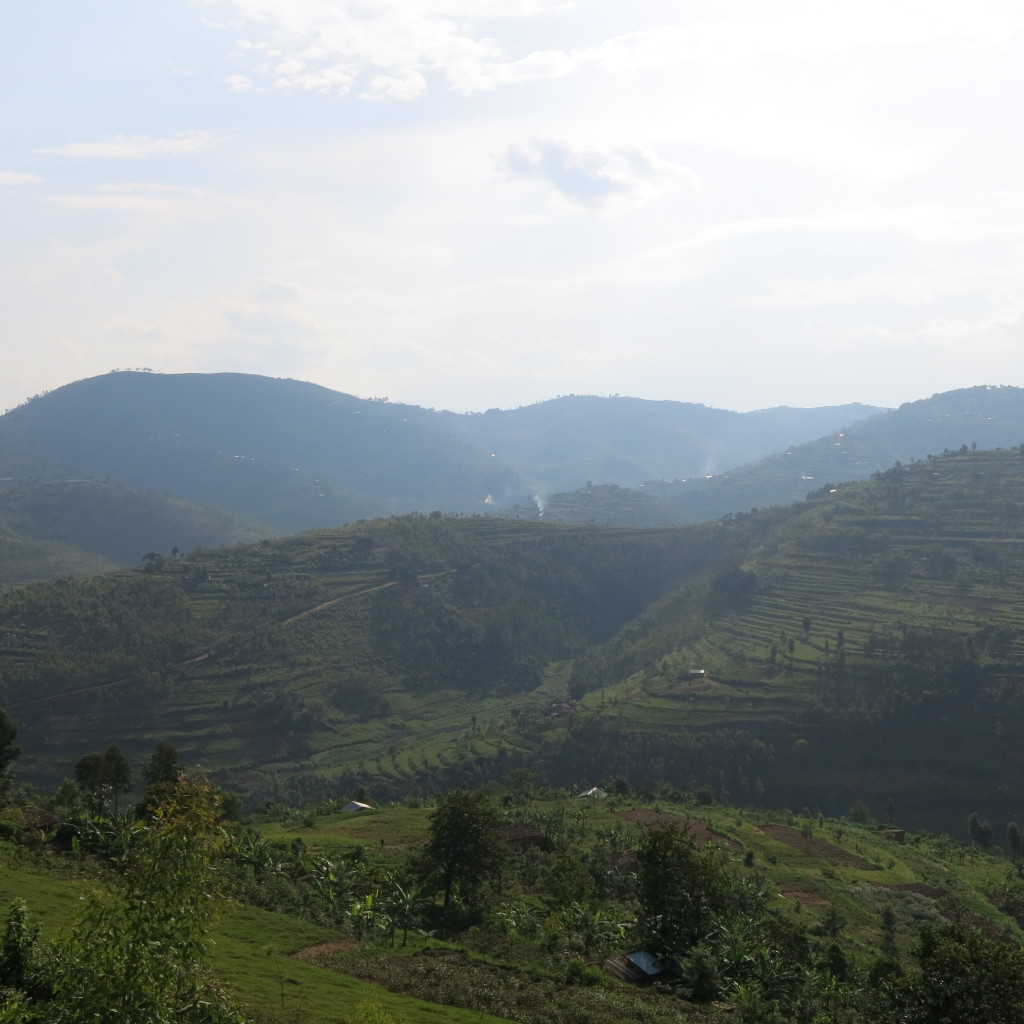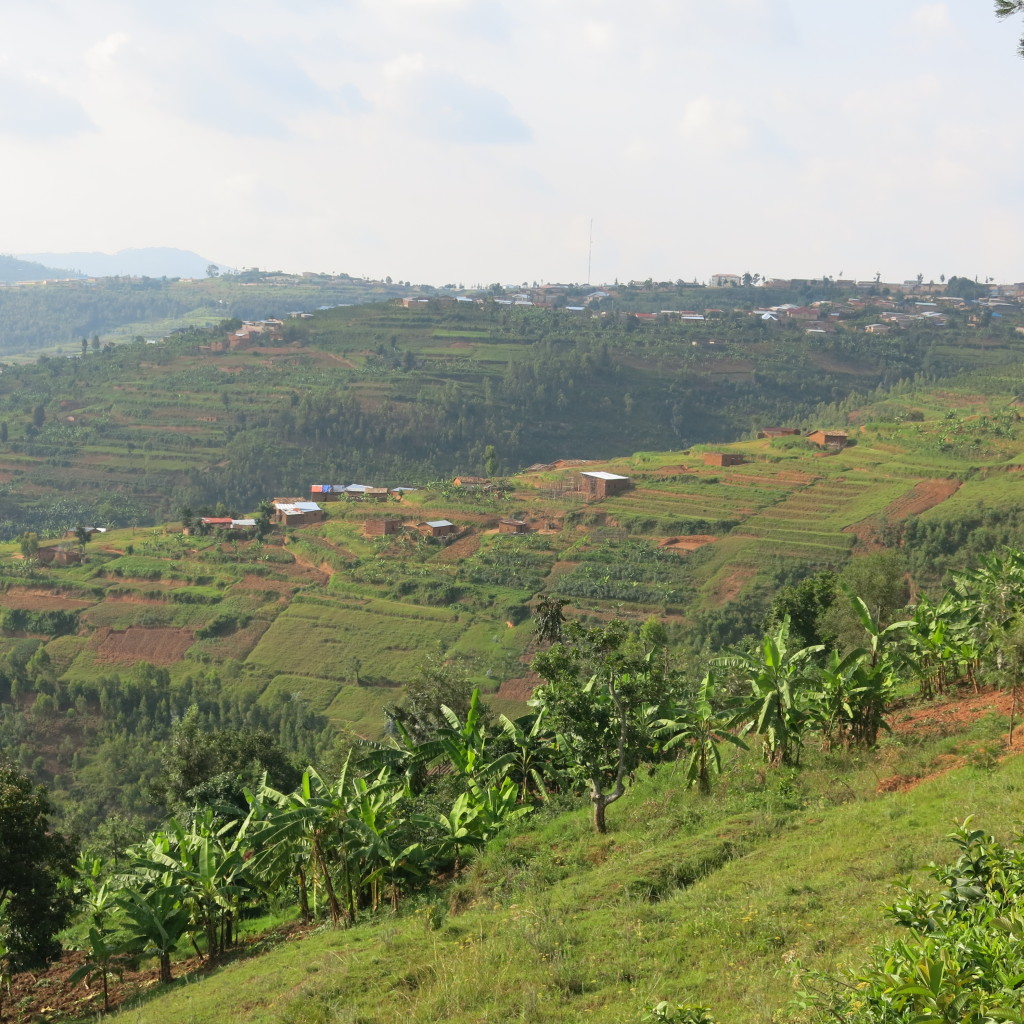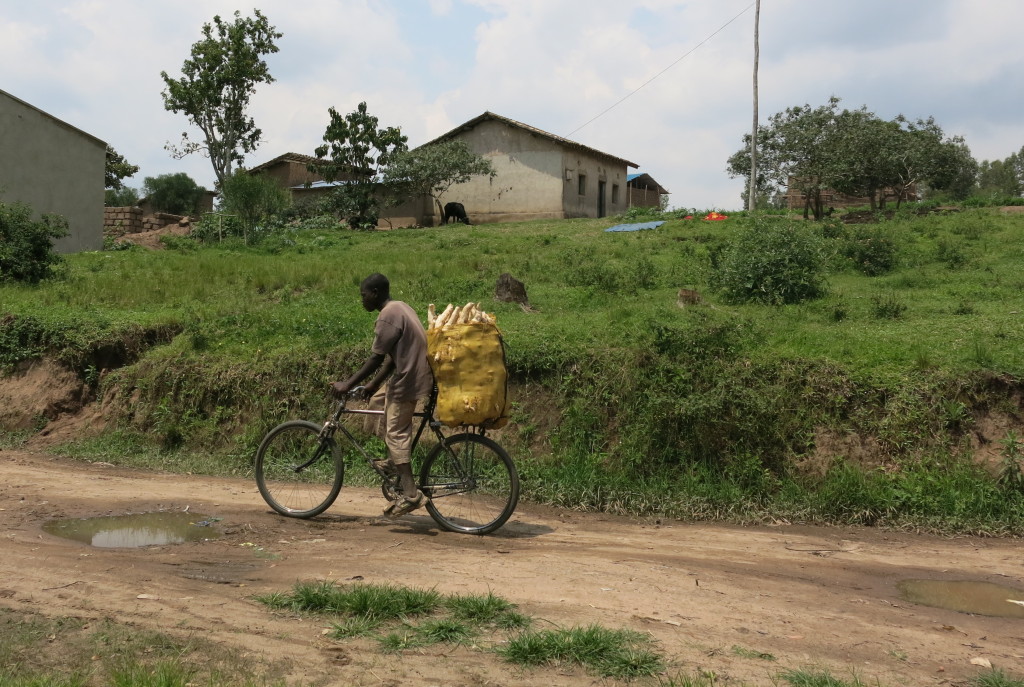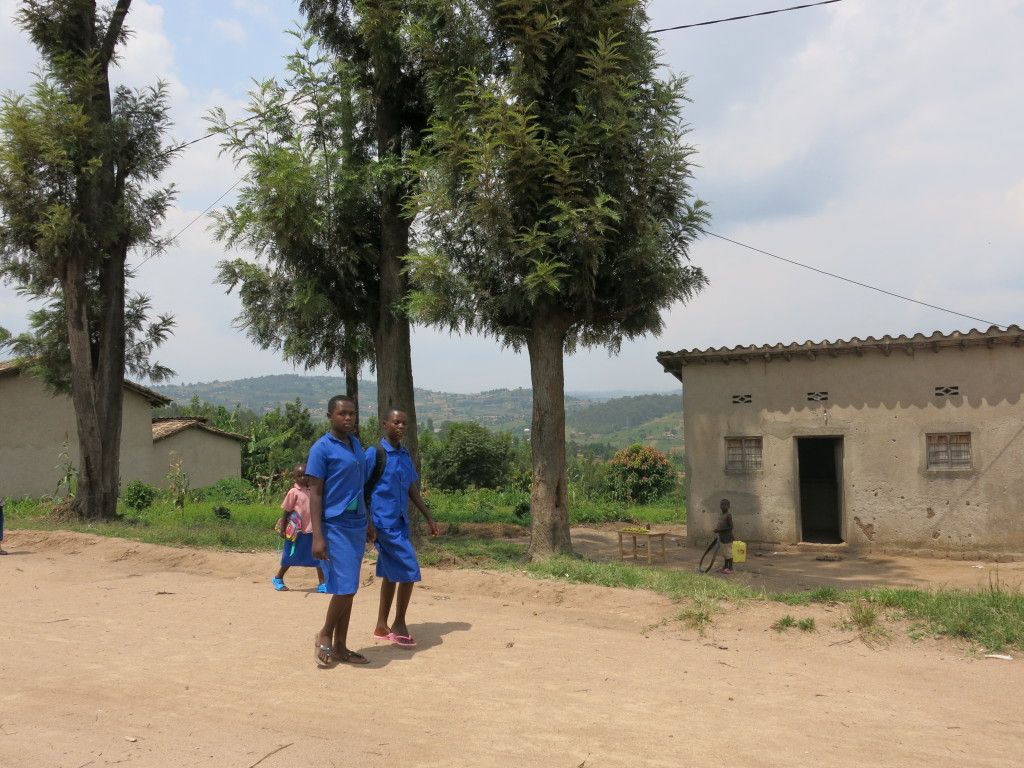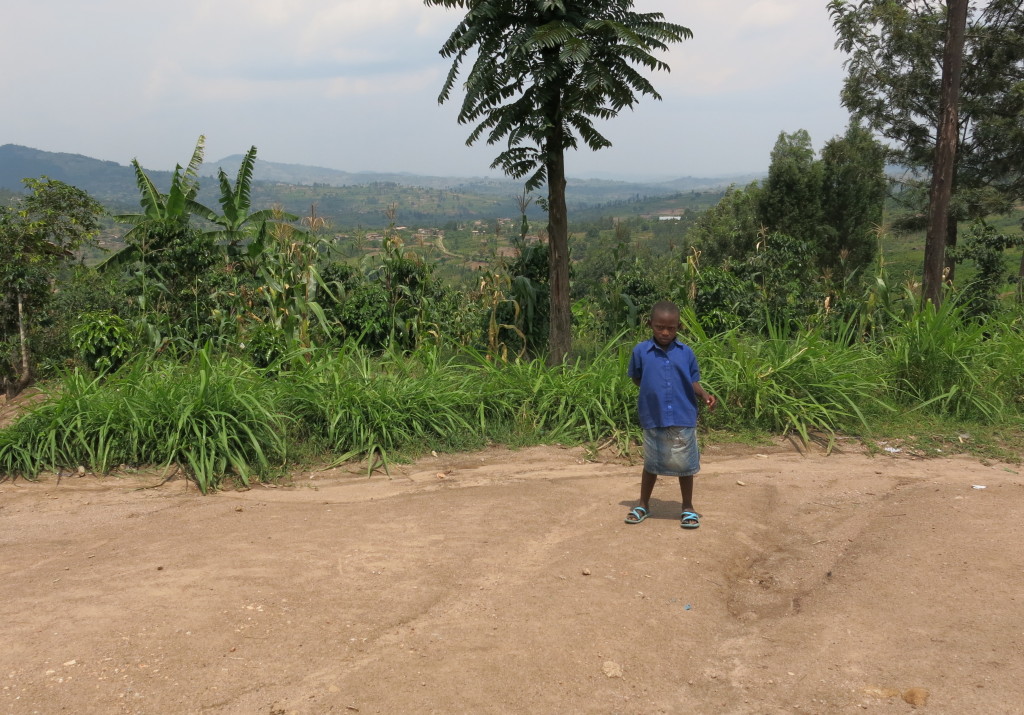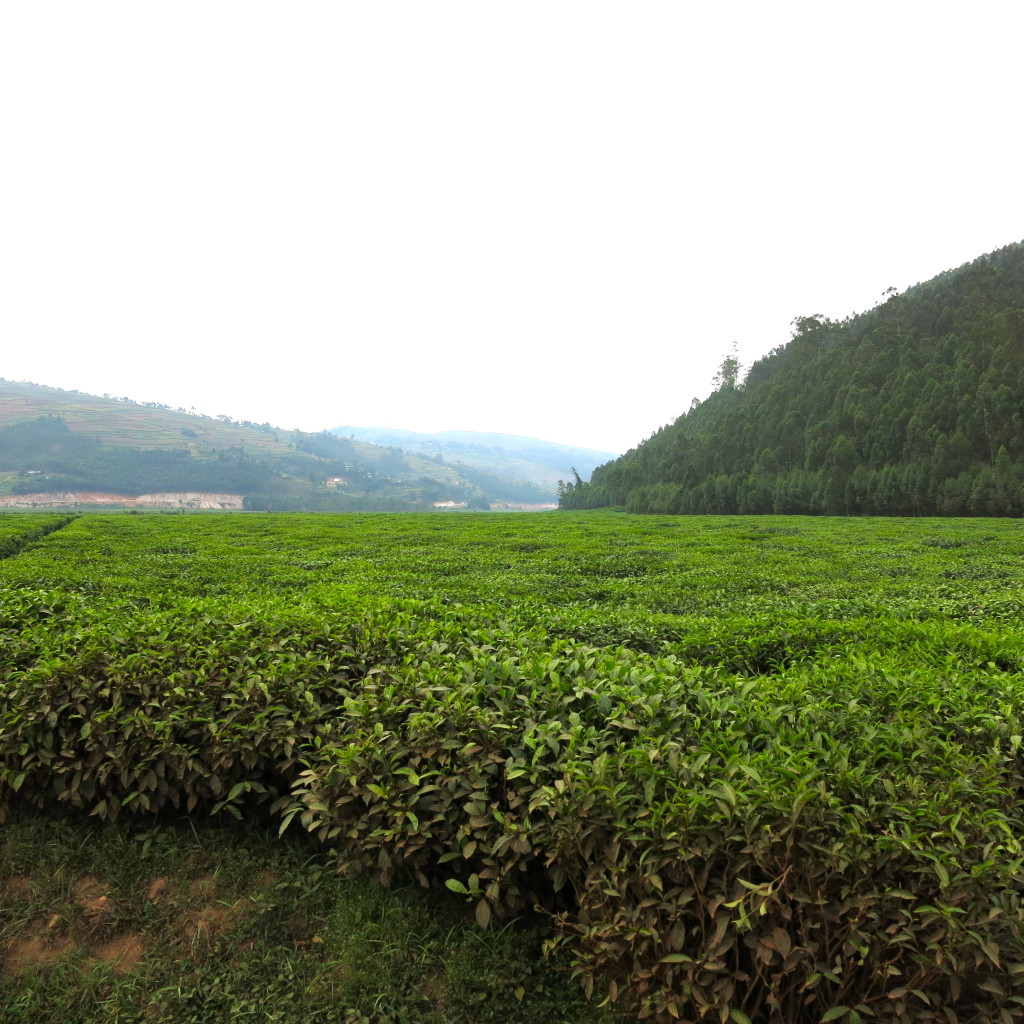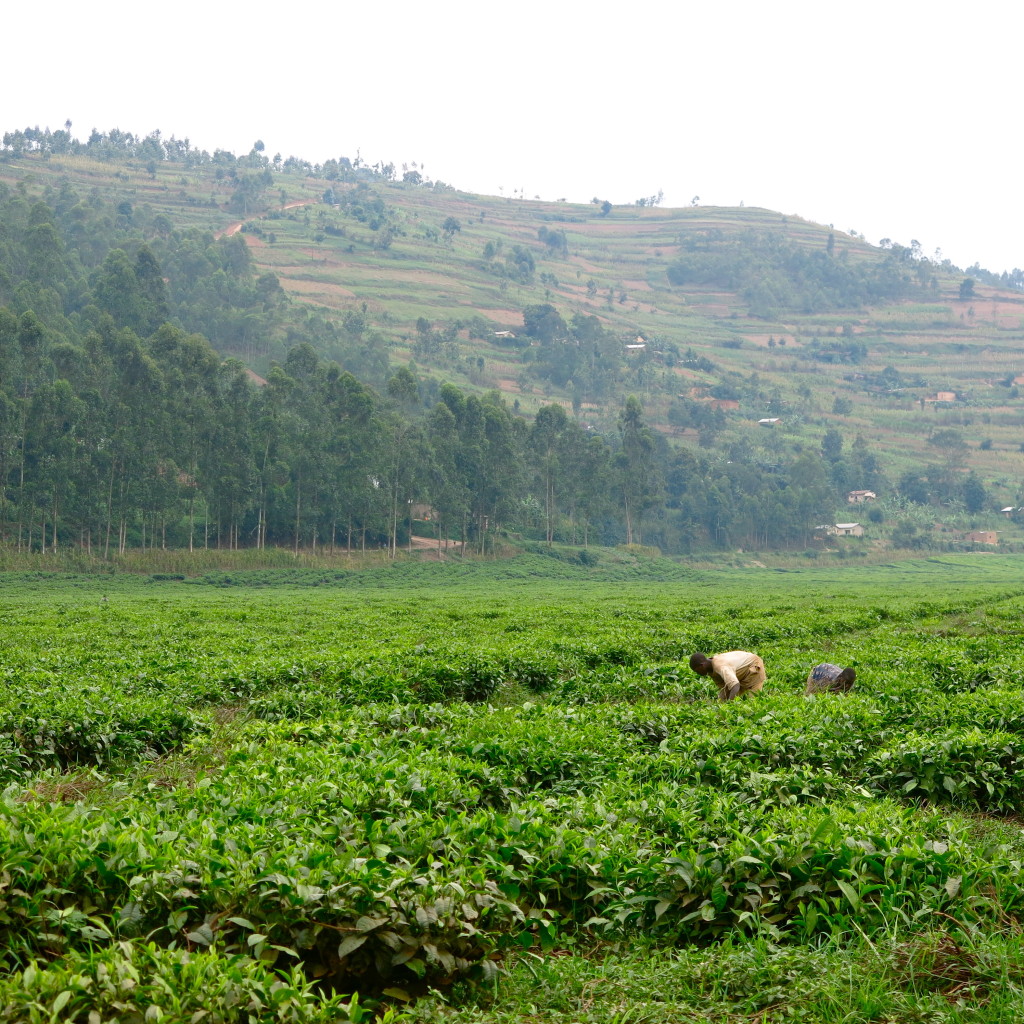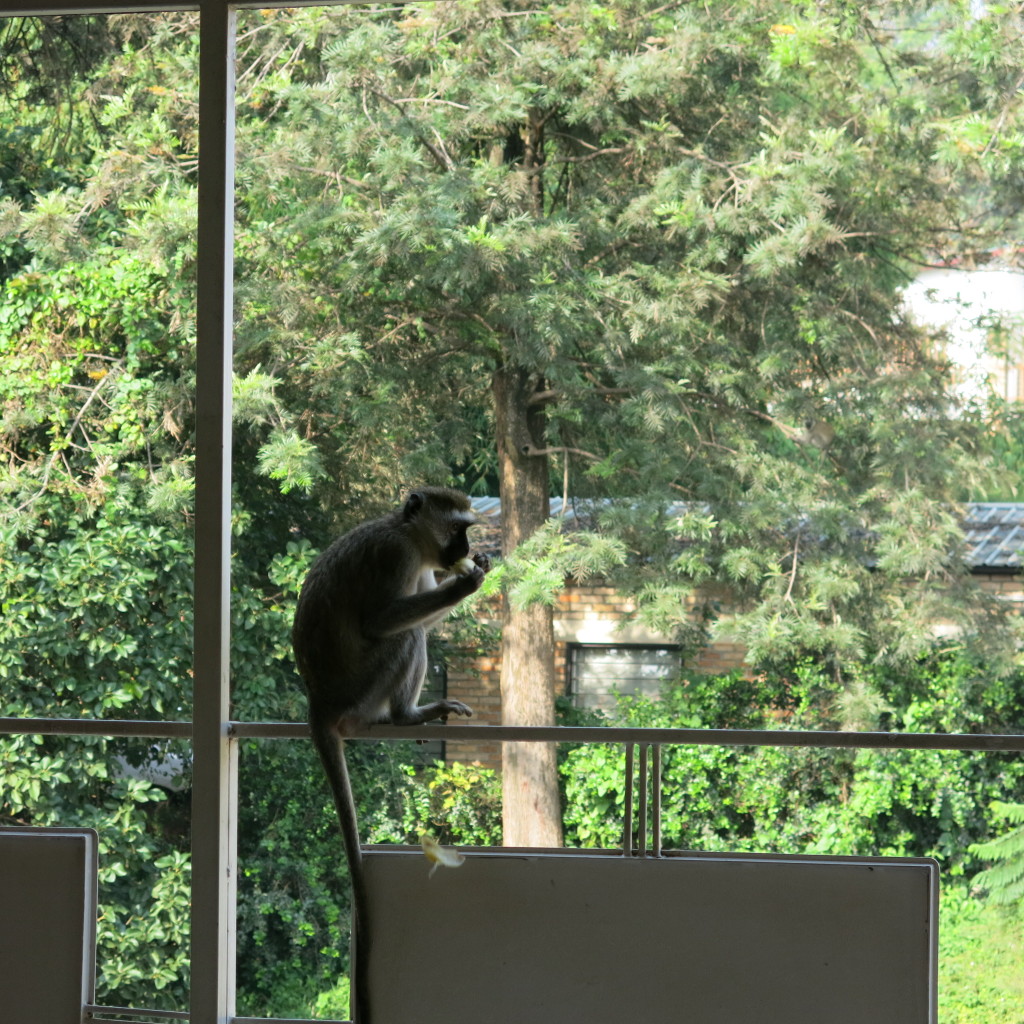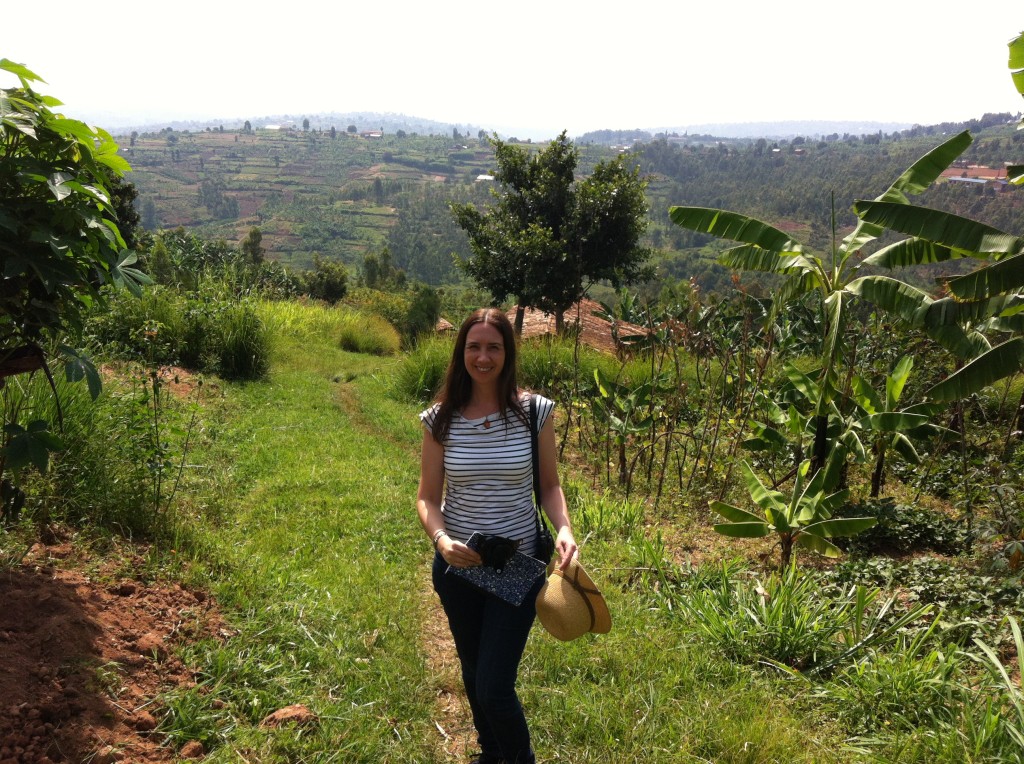I’m back after a two-week work trip in Rwanda. As always, I’ve been there for work in the agricultural sector, and I met with farmers, agro-processors public agricultural institutions, and other actors in the agricultural sector. I spent most of the two weeks in the capital Kigali, but I also went to Nyanza and Huye in the southwest of Rwanda, and to Gicumbi in the north. I met rice producers, a tea cooperative, an award winning coffee farmer, a potato seeds producer, visited a cassava processing factory, and much, much more. It was immensely interesting and, as always, I learned a lot!
The landscape is amazing and Rwanda rightly deserves the nickname the Land of a Thousand Hills. But this together with high population density in rural areas has meant soil erosion and Rwanda has struggled with landslides and soil losses, especially during rainy seasons. In order to revert this trend, intense work has been carried out to terrace the slopes and I’ve never seen anything like it anywhere. One of the photos below shows how the entire landscape had been transformed into terraces to save the soils on the hills.
Rwanda is also very interesting for an agricultural development practitioner like me: Rwanda’s agricultural policy is very much rooted in the in broadly accepted theorem that for agricultural economies, poverty reduction and economic development is largely driven by growth in the agricultural sector. Significant focus is, thus, on increasing agricultural productivity and value added along the agricultural supply chains. To still ensure a diverse diet in rural areas (an objective that not rarely is compromised under ambitious agricultural growth programs), nutritional aspects are incorporated in agricultural policy. It will be interesting to see what these policies yield over the next decade, both in the fields and for the country as a whole.
So I really enjoyed my two weeks in Rwanda! The people that I met and worked with were very nice and shared so many interesting insights to Rwanda’s multifaceted history. We stayed at Hotel Des Mille Collines, which incidentally is the hotel depicted in the movie Hotel Rwanda. (It can be noted that my colleague told me that the story and its main characters are less black and white than in the Hollywood version, but most stories are.) Since I was there for work and only did just that, I didn’t have a chance to see the gorillas this time, but fortunately, it’s not my last visit to this spectacular country.
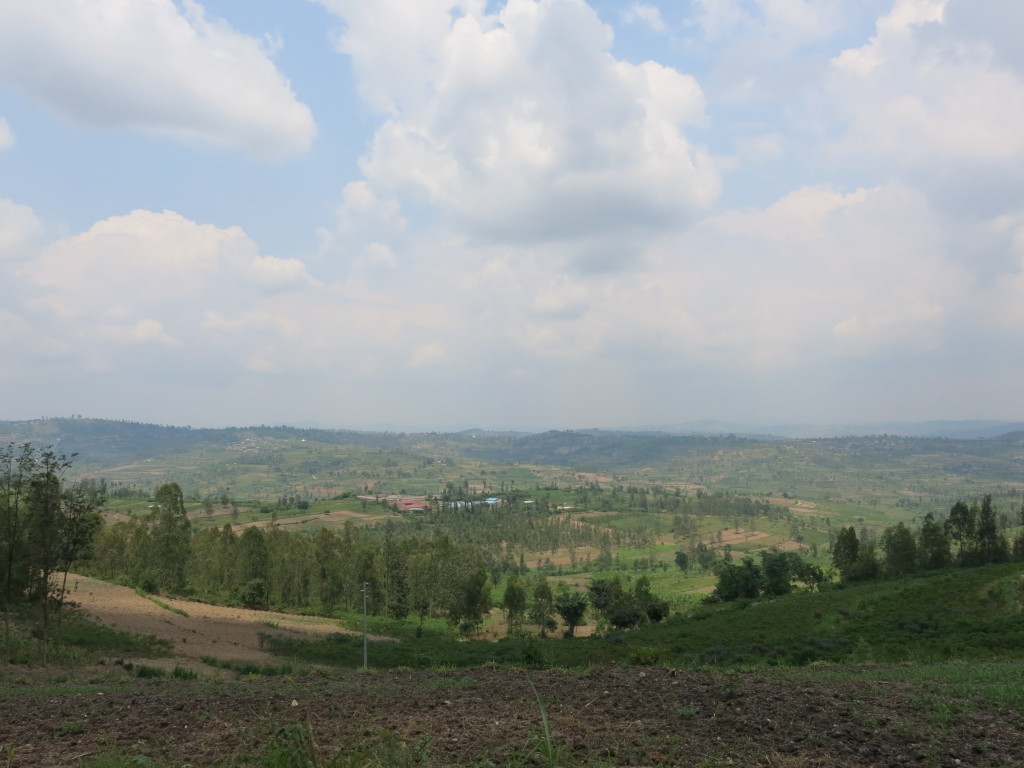
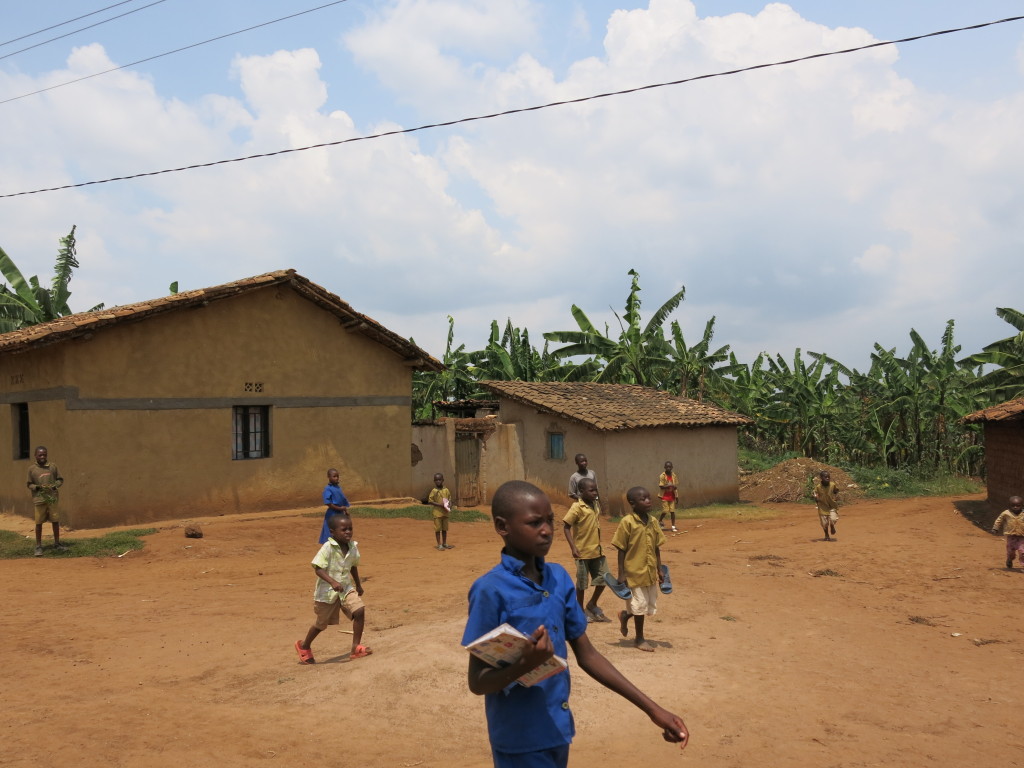
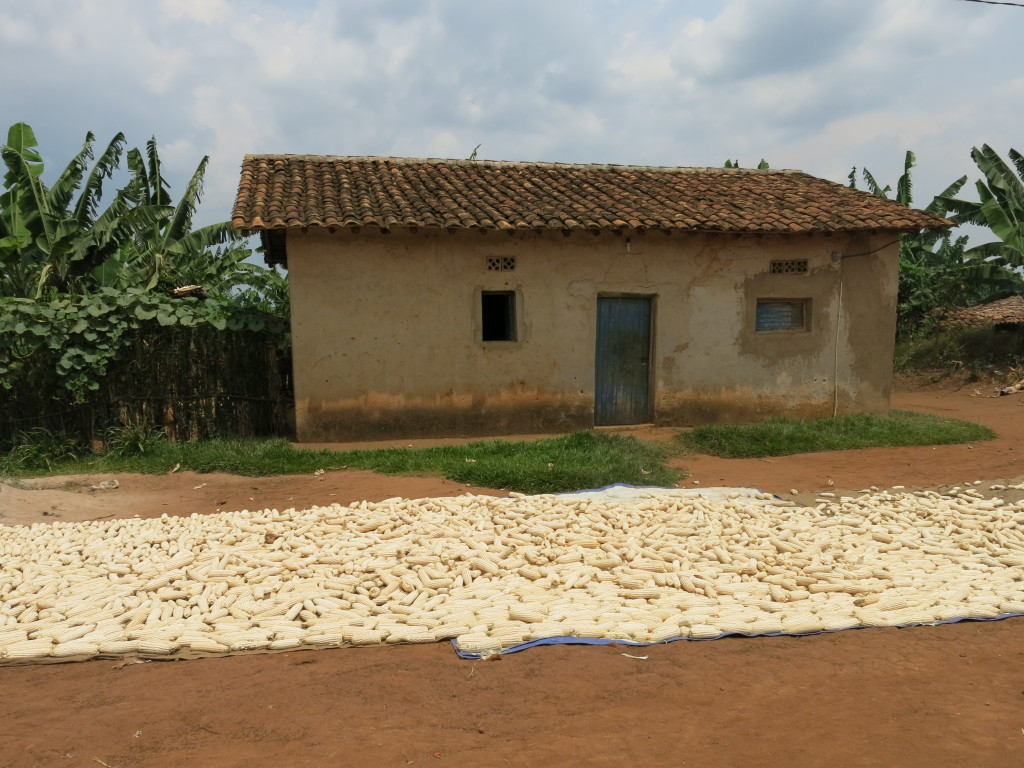
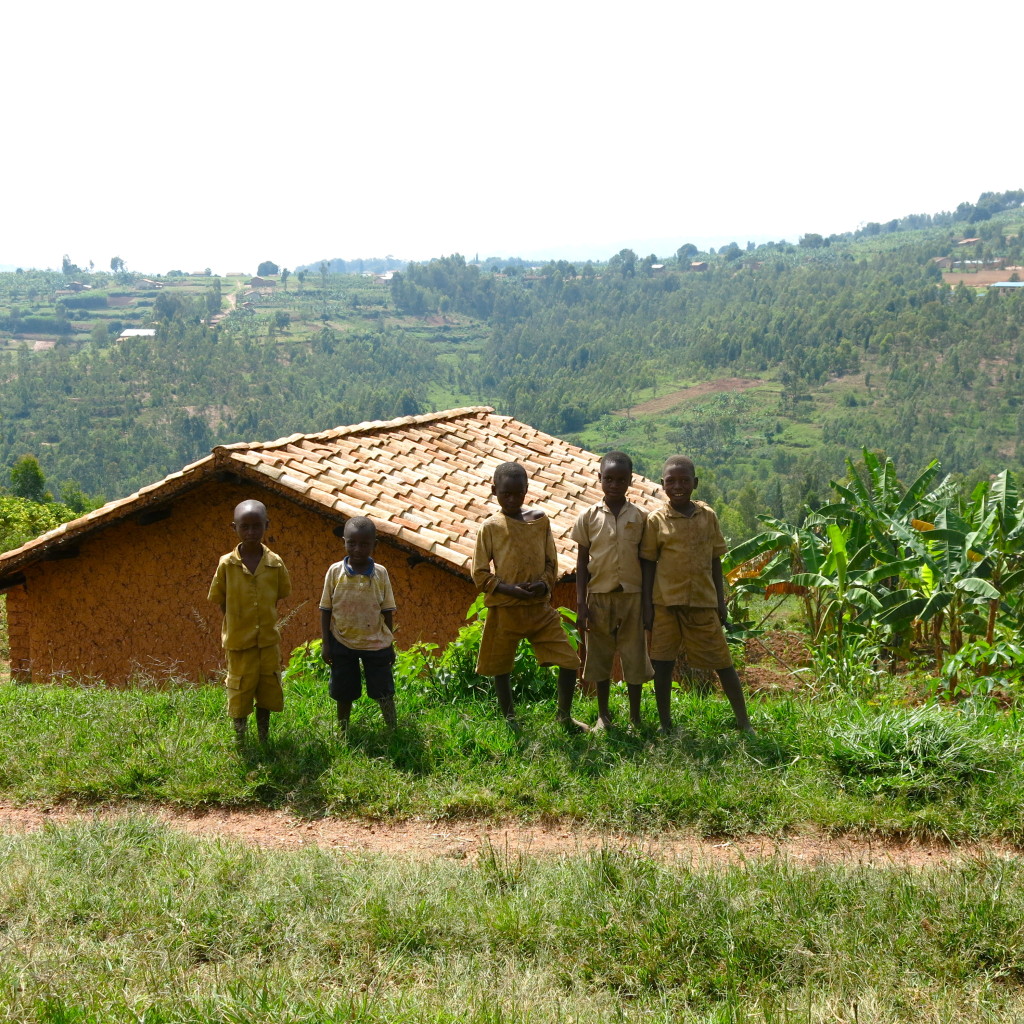
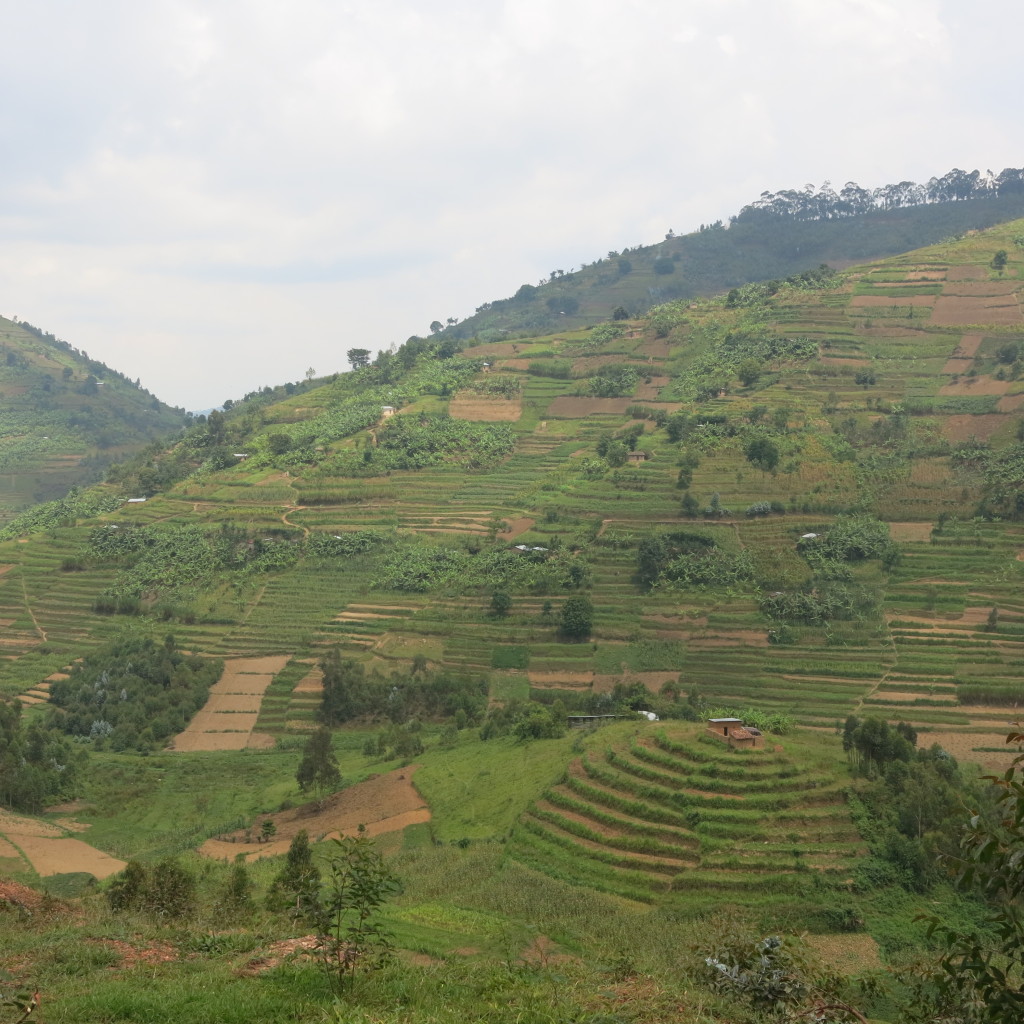
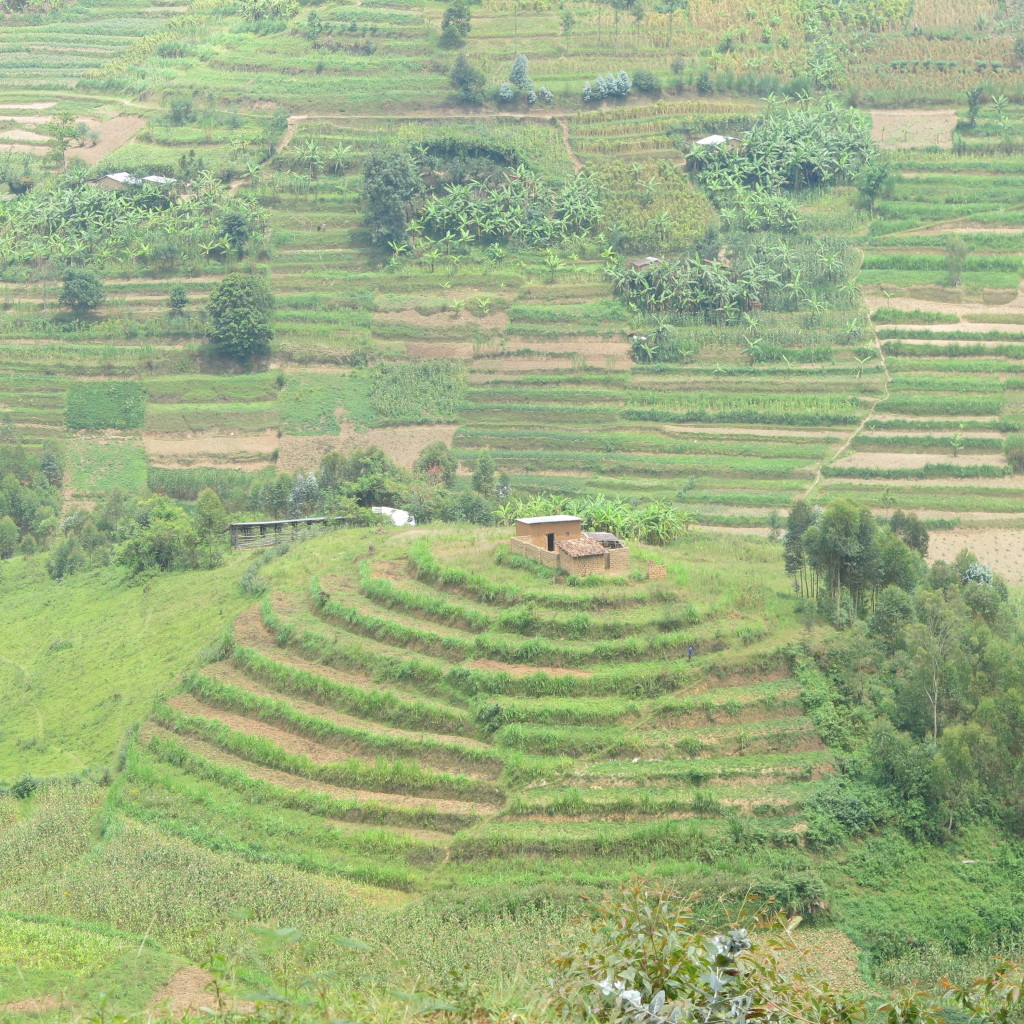
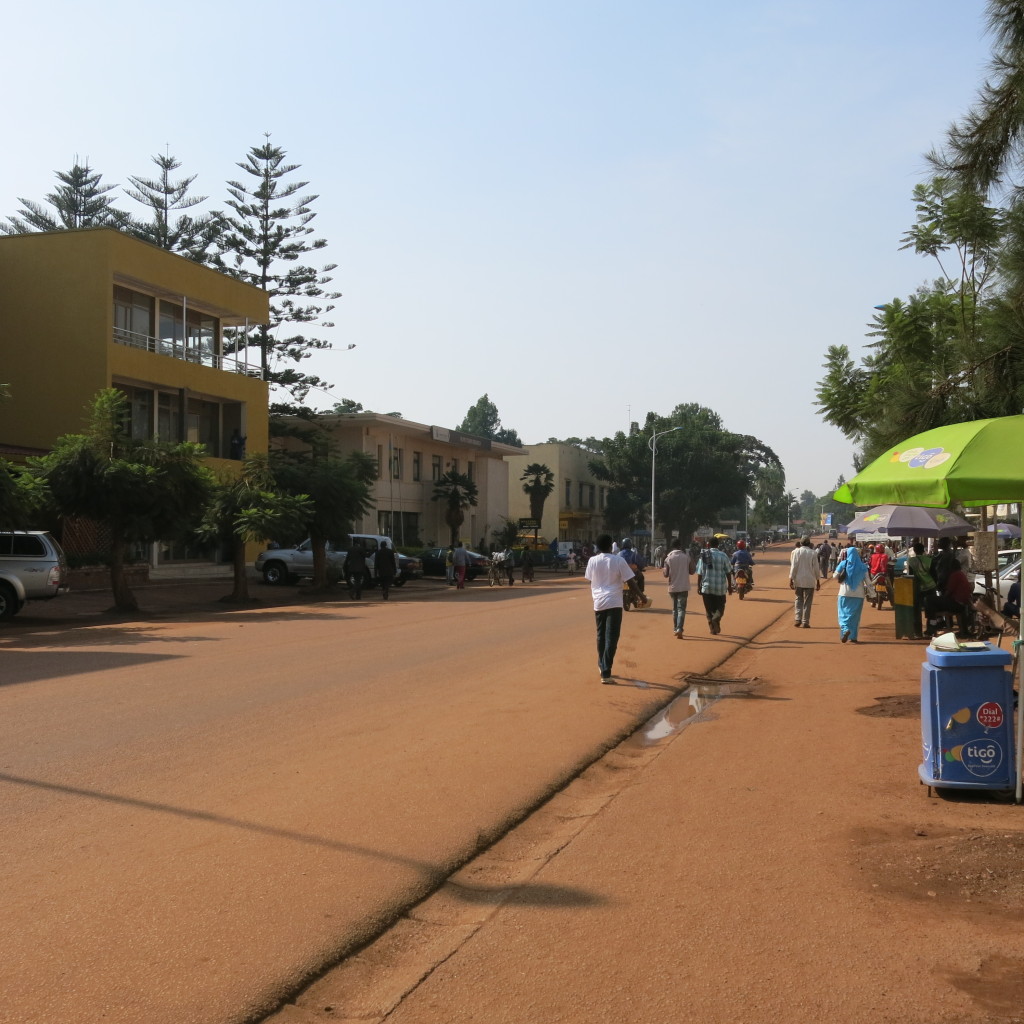
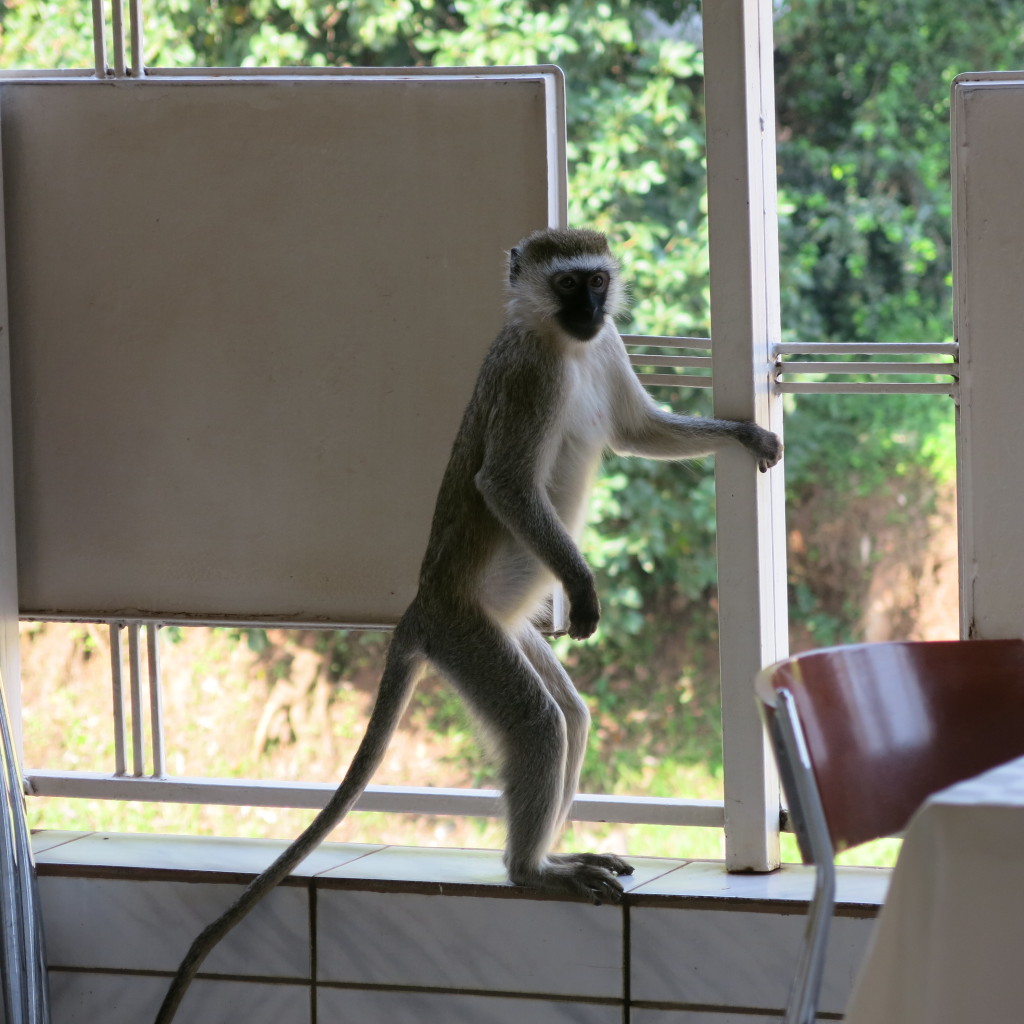
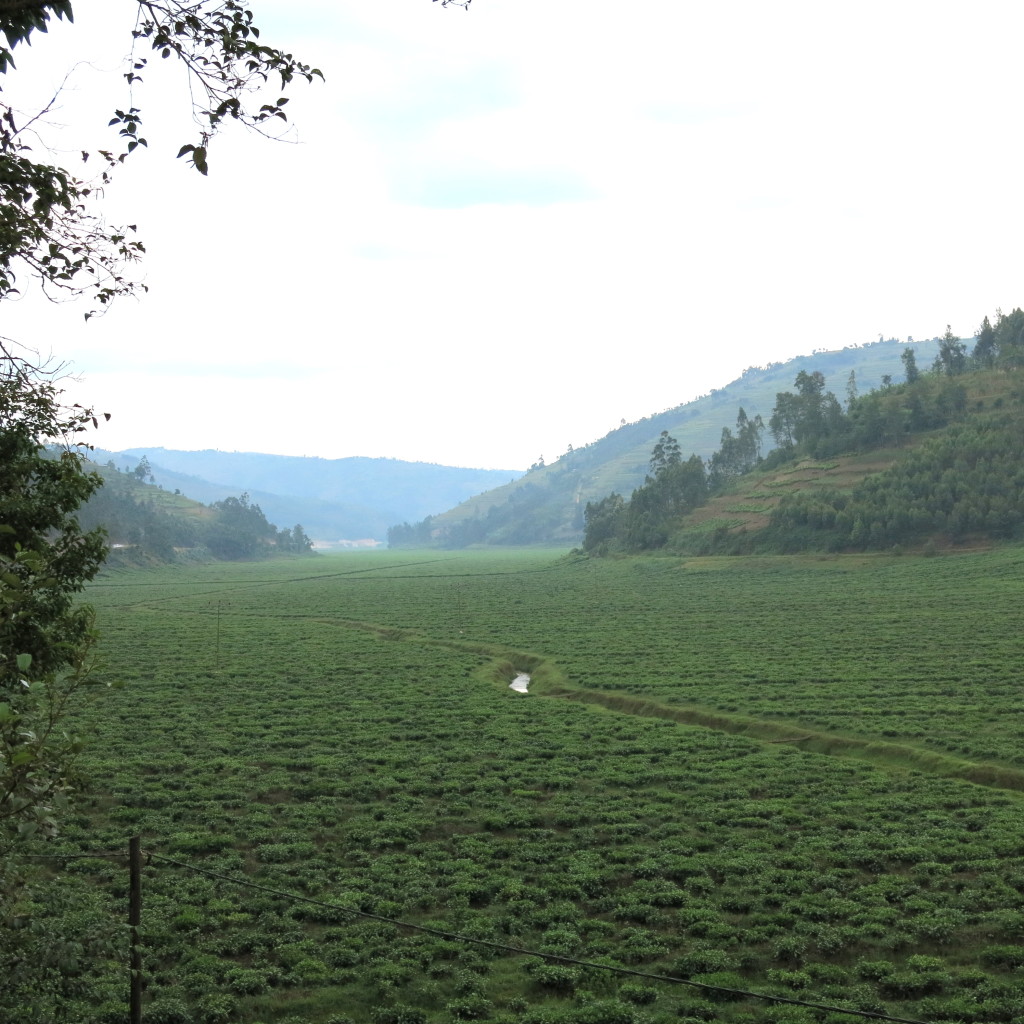
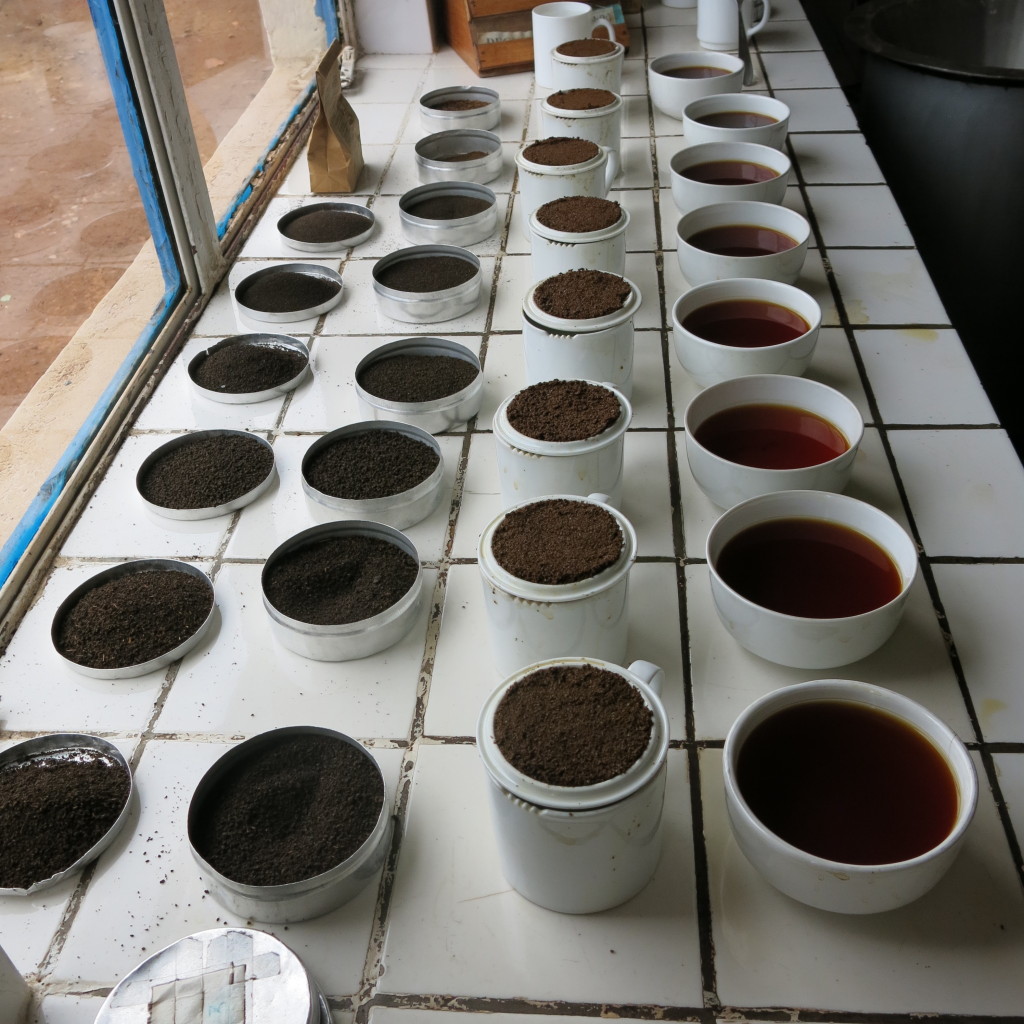
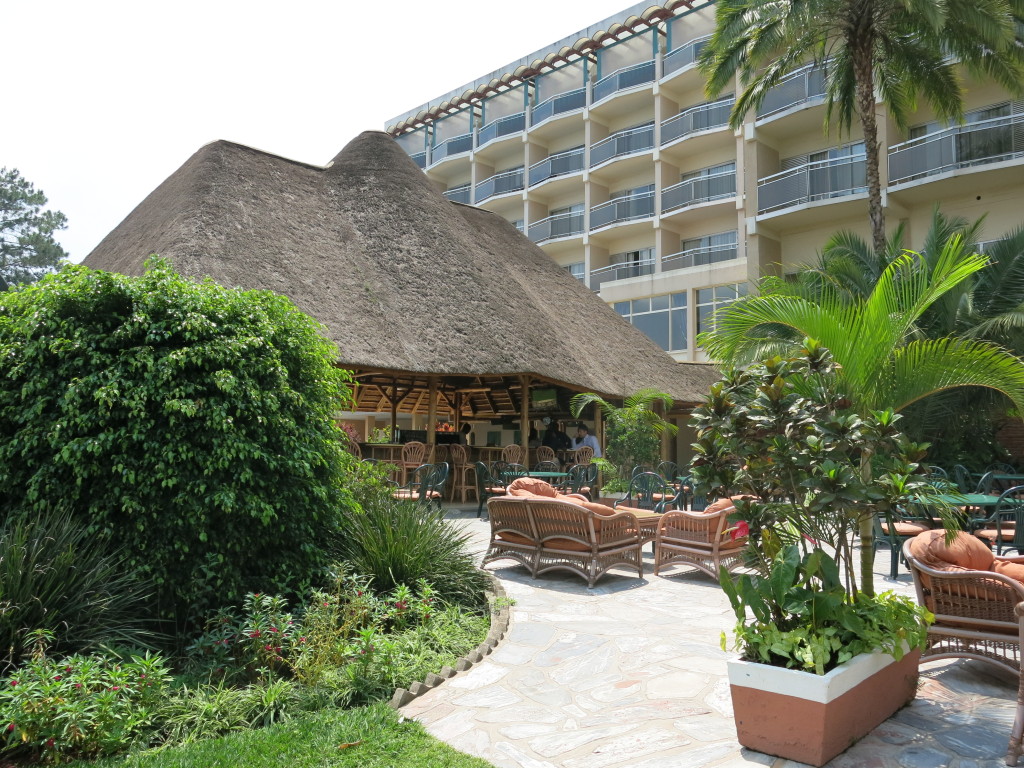
Apologies for the quality of some of the photos, I took them through the window of a moving car… From the top: Rwanda – Land of a Thousand Hills // Students on their way from school // Cassava drying on the roadside // Curious kids // Amazing terraces // Huye // Sneaky monkey steeling breakfast from the guests at our hotel in Huye // Tea cooperative plantation in a valley // Tea processor testing every batch // Hotel Des Mille Collines.



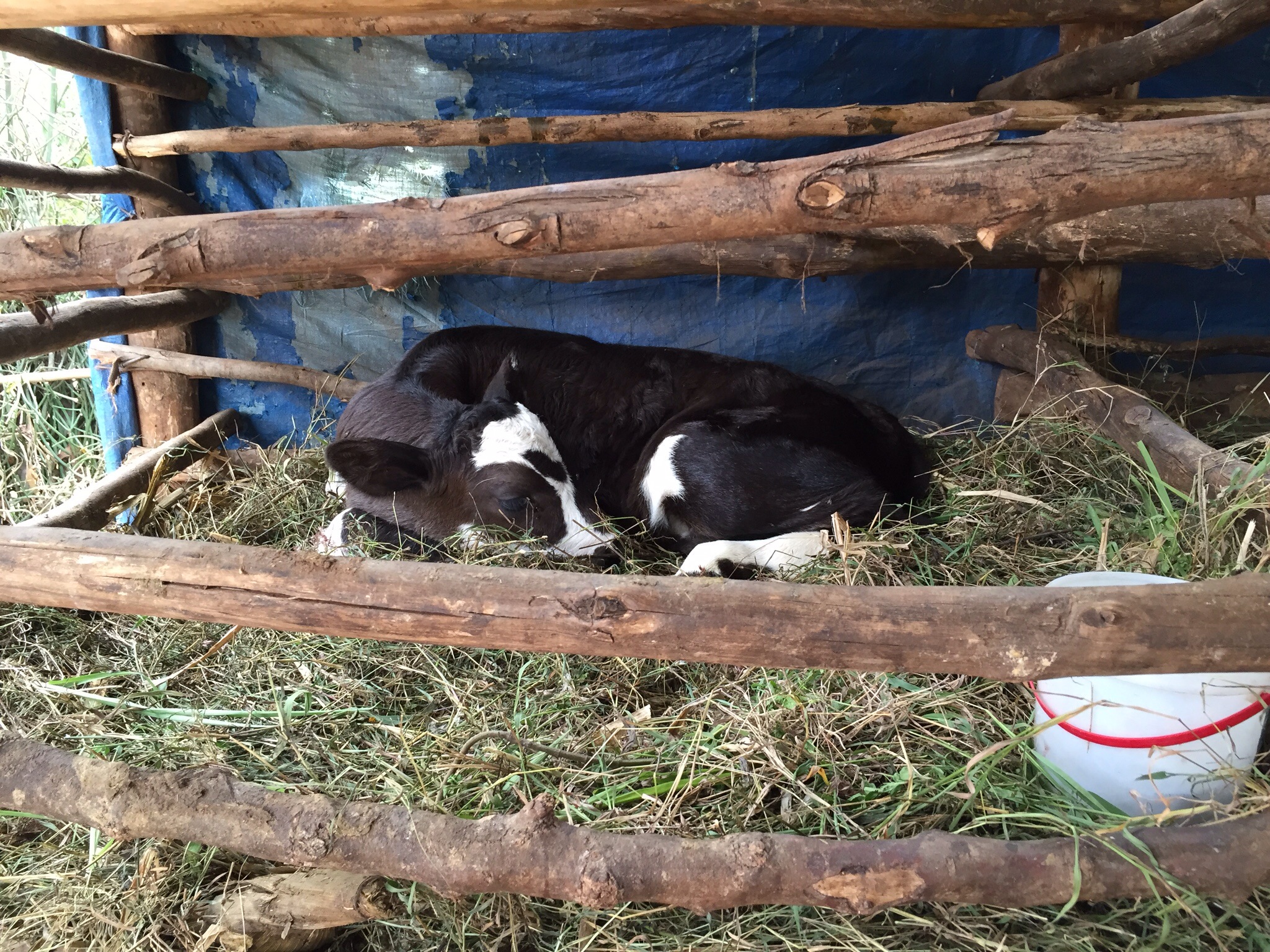
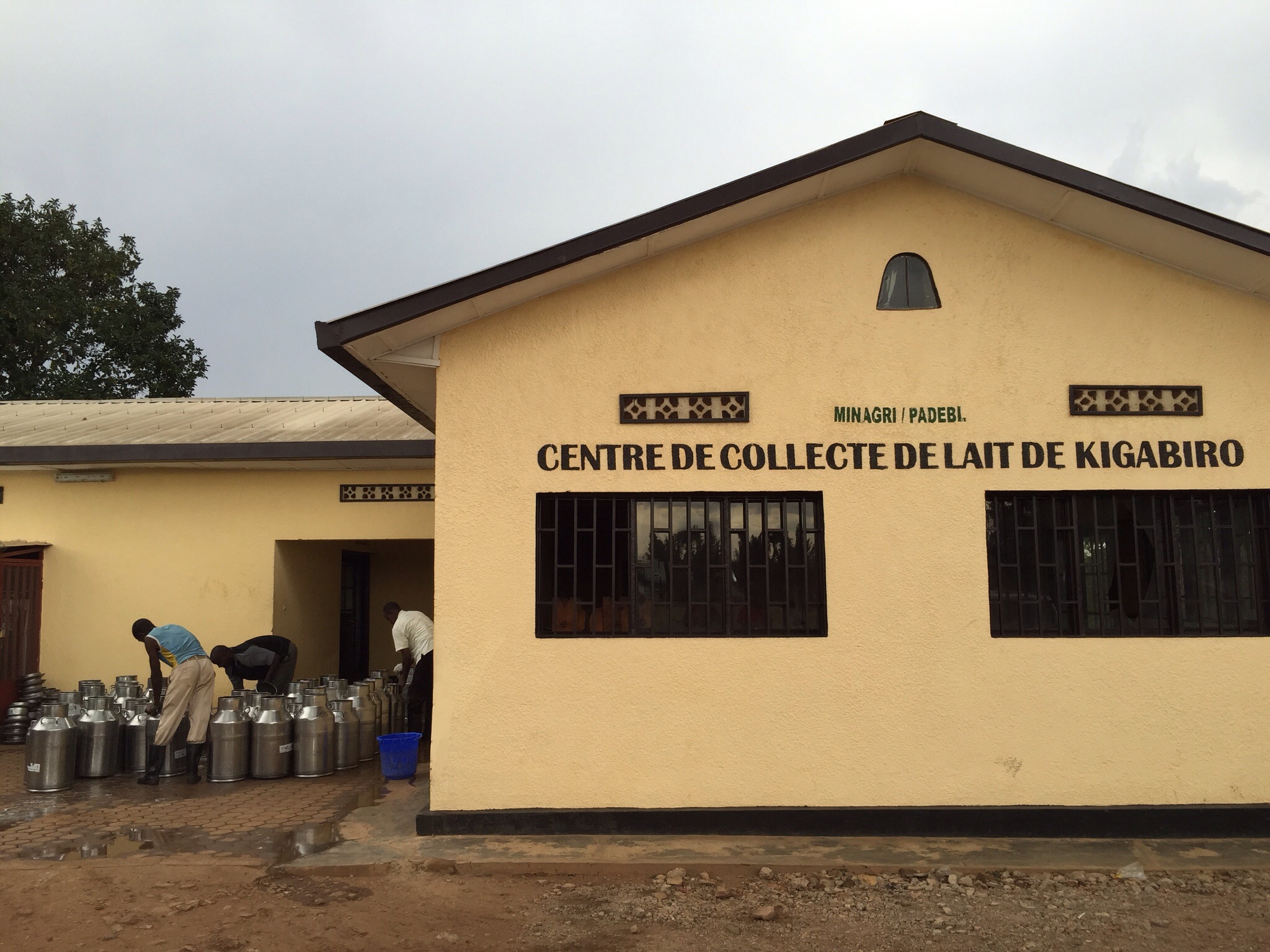

 These last pics are from a dairy cooperative and several of the farmers we met were part of this cooperative. The top and the bottom picture demonstrate different types of ttansport used for milk collection – obviously the difference in efficiency is enormous. The little sleeping calf was a new addition to one farmer’s herd, only seven days old.
These last pics are from a dairy cooperative and several of the farmers we met were part of this cooperative. The top and the bottom picture demonstrate different types of ttansport used for milk collection – obviously the difference in efficiency is enormous. The little sleeping calf was a new addition to one farmer’s herd, only seven days old. 




